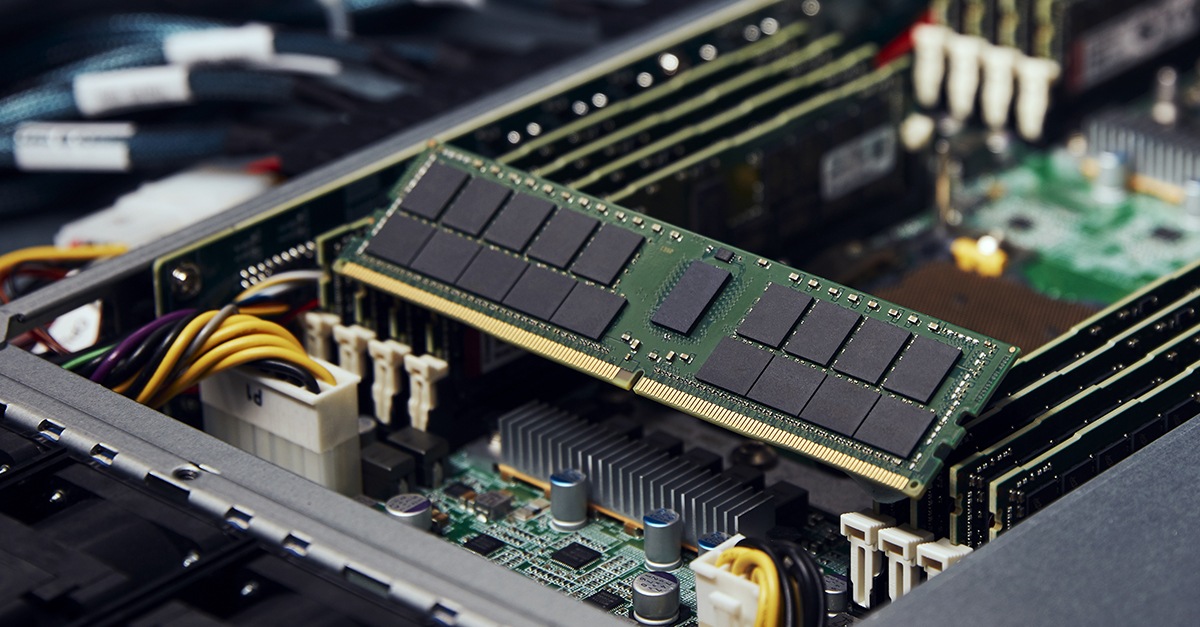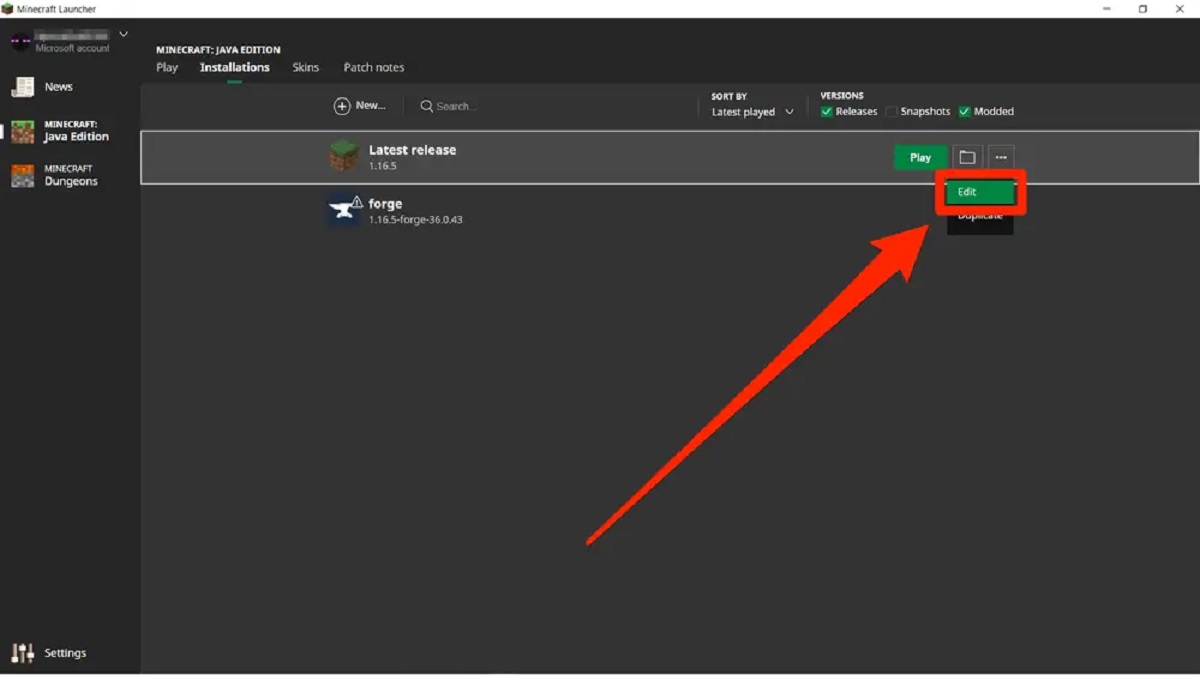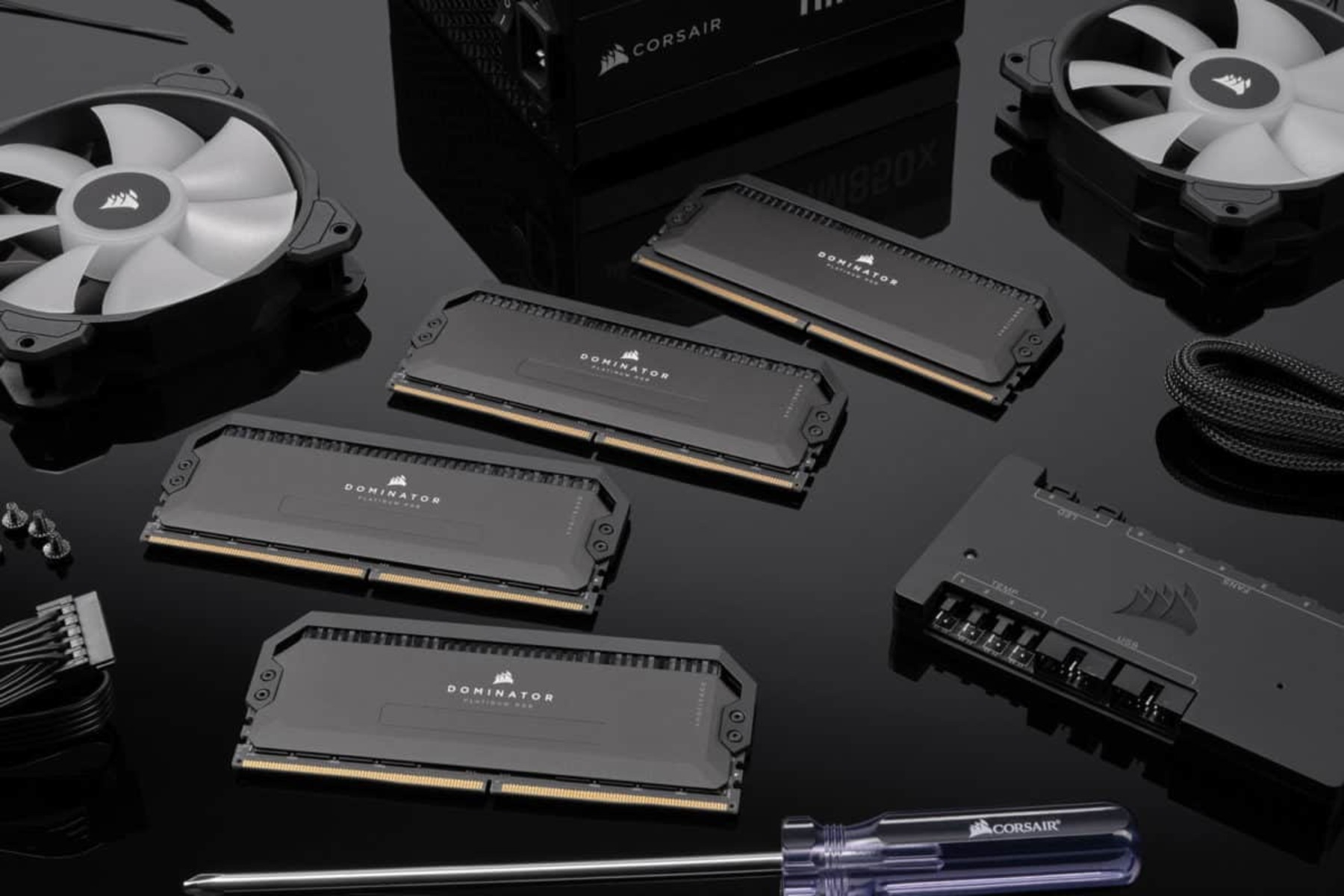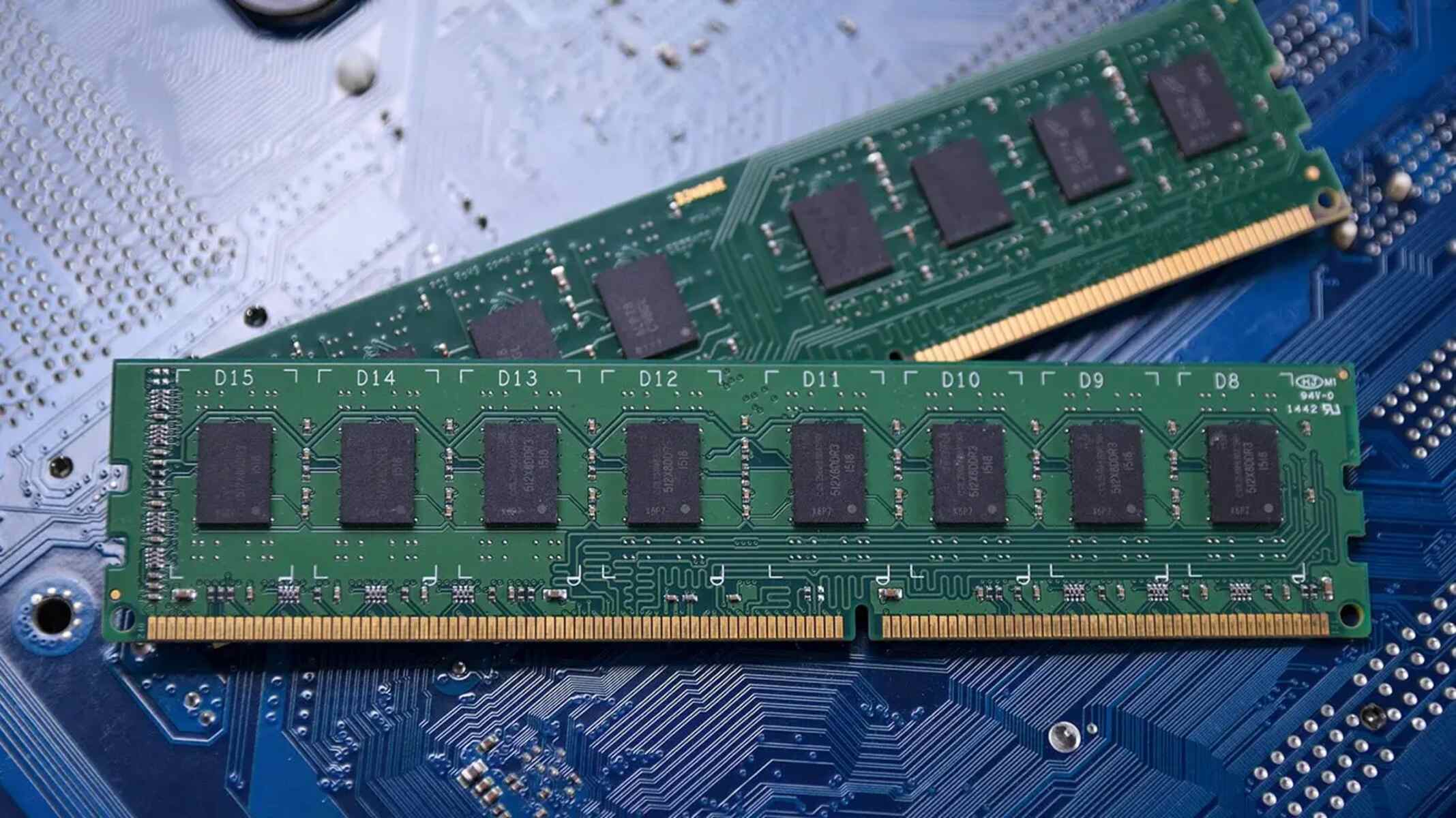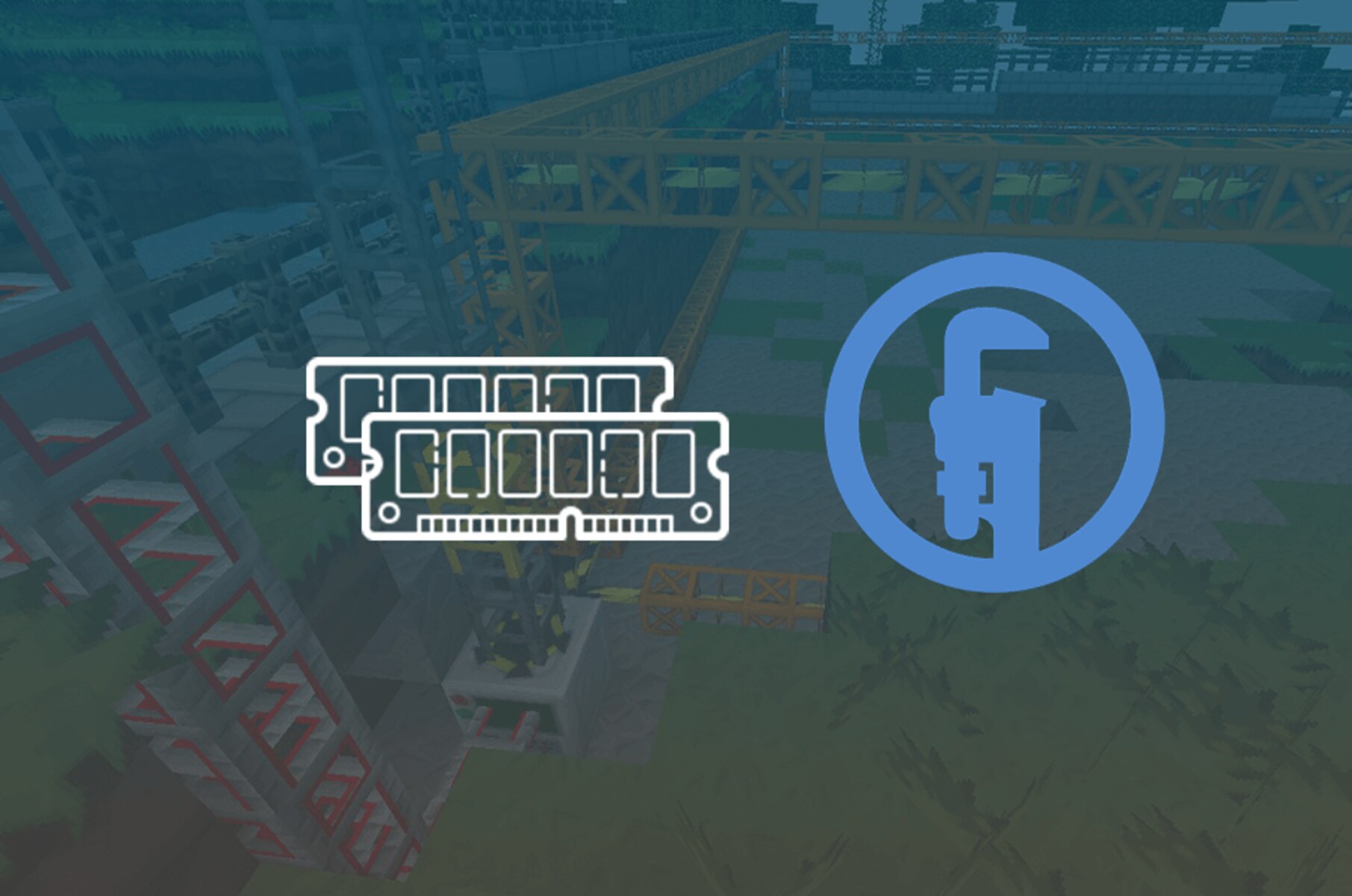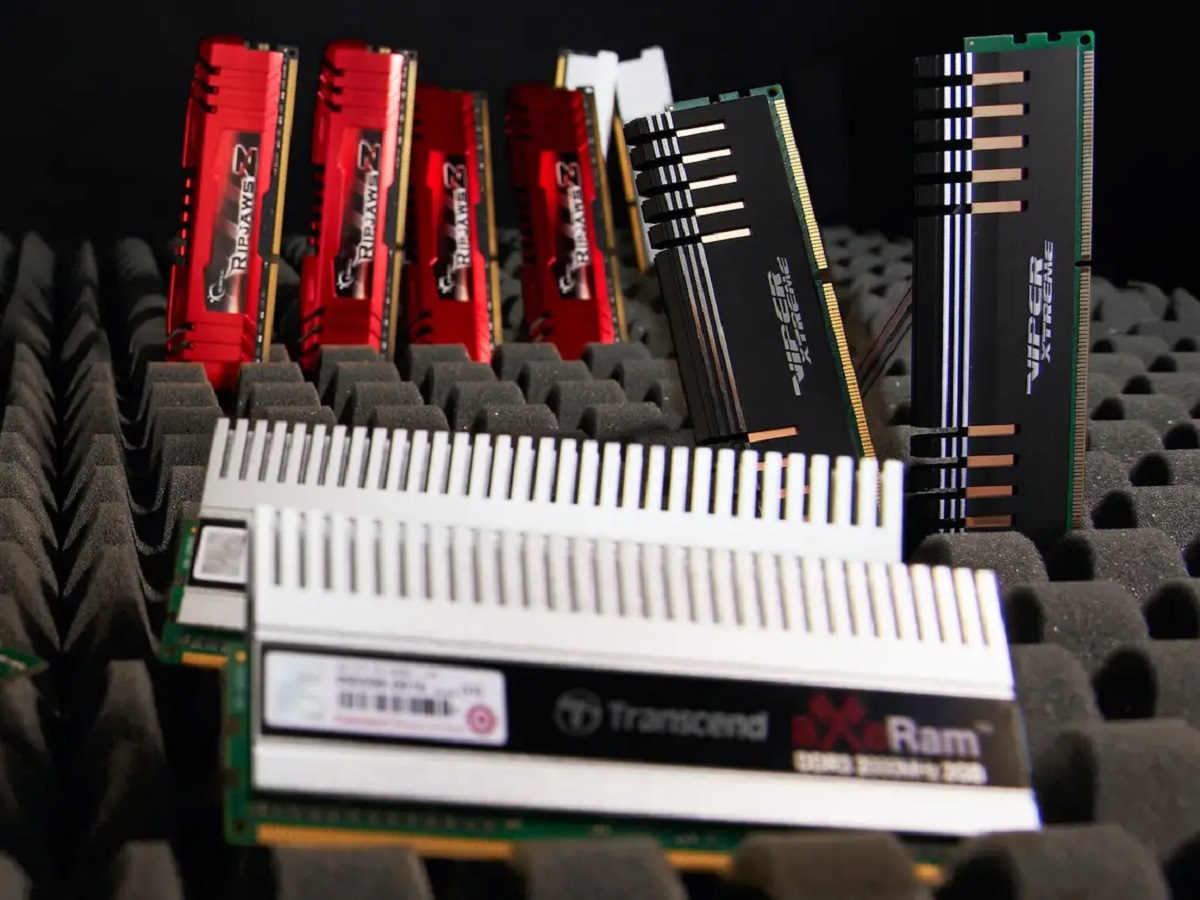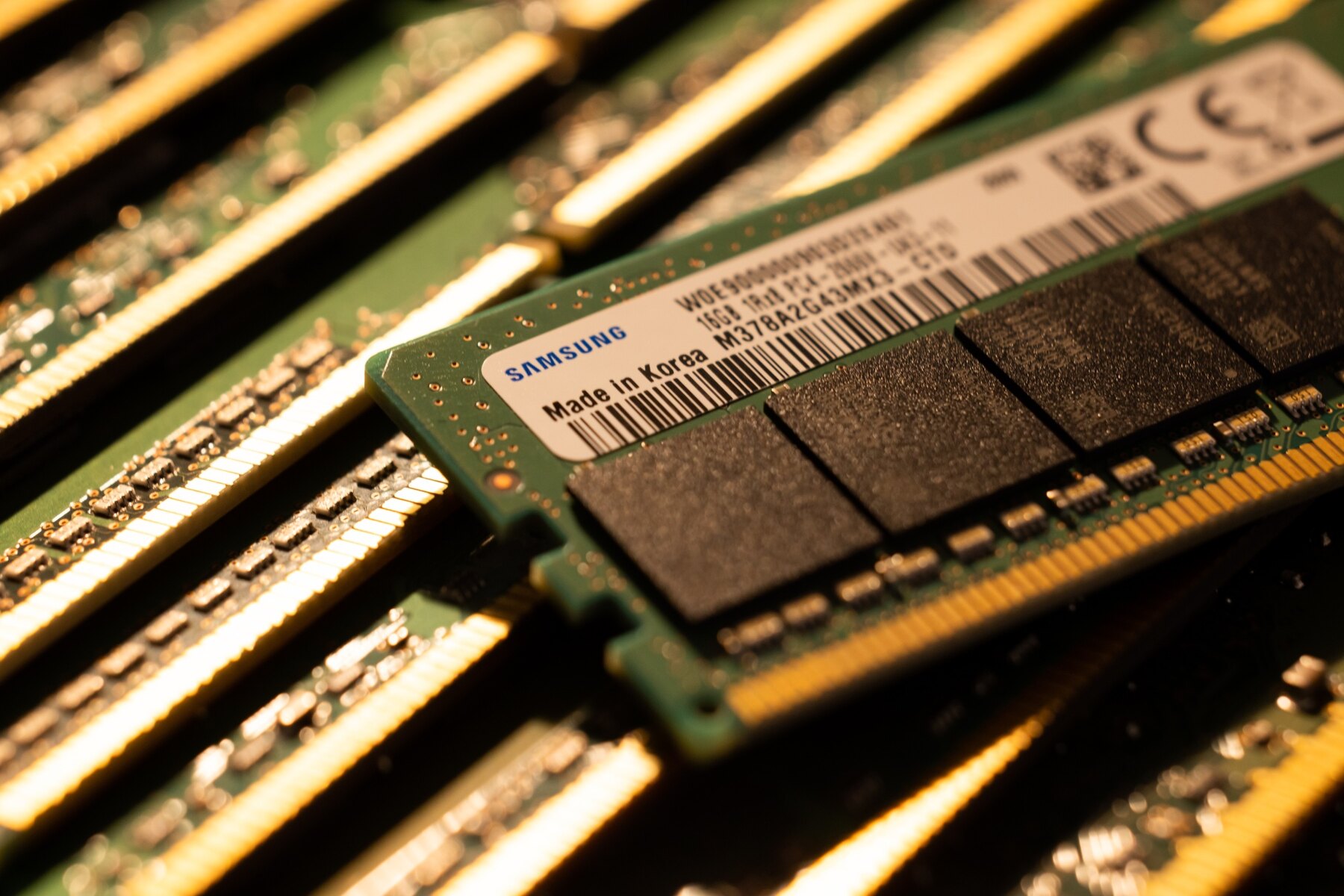Introduction
Welcome to the world of servers, where performance and reliability are paramount. Whether you are running an e-commerce website, a gaming server, or a data-driven application, having the right amount of RAM (Random Access Memory) is crucial for optimal server performance. RAM plays a vital role in handling and storing data that the server needs to process in real-time. It acts as a temporary storage for frequently accessed files, applications, and data, allowing the server to quickly retrieve and manipulate information.
In this article, we will delve into the intricacies of server RAM and explore the factors to consider when determining the appropriate amount of RAM for your server. We will also provide recommendations for different types of servers and discuss how to assess the RAM requirements for specific server applications. Additionally, we will share some valuable tips for optimizing RAM usage, ensuring efficient utilization of resources.
Understanding and properly configuring RAM for your server can have a significant impact on its overall performance and reliability. By ensuring that you have the right amount of RAM, you can enhance the ability of your server to handle high traffic, process data quickly, and minimize downtime.
So, whether you are setting up a new server or considering upgrading an existing one, read on to discover the importance of RAM and gain insights into determining the perfect amount of RAM for your server needs.
Understanding RAM and its Importance for Servers
RAM (Random Access Memory) is a vital component of any server, acting as a temporary storage for data that the server needs to access quickly. It is different from a server’s hard drive, which provides long-term storage. RAM allows the server to retrieve and manipulate data in real-time, resulting in faster response times and improved performance.
When a server receives a request, whether it’s loading a webpage or running an application, it needs to access the necessary data from the RAM. The more RAM a server has, the more data it can store in this temporary memory, reducing the need to retrieve data from slower storage devices like hard drives.
Having sufficient RAM is crucial for handling multiple requests simultaneously and efficiently managing server resources. Insufficient RAM can lead to sluggish performance, increased response times, and even system crashes.
Server applications and processes require RAM to function optimally. For example, web servers store website files, databases, and frequently accessed resources in RAM to deliver content quickly to users. Database servers use RAM to cache frequently accessed data, reducing the need to query the hard disk for every request.
Virtualization, a popular server technology, relies heavily on RAM. When multiple virtual machines are running on a physical server, each VM requires its own allocation of RAM. Inadequate RAM in a virtualized environment can lead to contention, where VMs compete for limited resources, degrading performance.
In summary, RAM is essential for a server’s performance and reliability. It facilitates quick data access, reduces latency, and enables efficient management of server resources. By understanding the significance of RAM, we can move on to explore the factors that determine the appropriate amount of RAM for a server.
Factors to Consider when Determining the Amount of RAM Needed for a Server
When deciding how much RAM your server requires, it’s crucial to consider various factors that can impact its performance and resource utilization. Here are some key considerations:
- Workload: The nature of your server’s workload plays a significant role in determining the amount of RAM needed. Different applications and processes have varying memory requirements. For example, a database server running complex queries on large datasets may require more RAM compared to a simple web server serving static content.
- User Traffic: The volume of user traffic your server receives affects its RAM needs. Higher traffic means more concurrent requests and increased demand for resources. Analyzing website analytics and peak usage periods can help estimate the required RAM capacity.
- Scalability: Consider the potential for future growth and scalability. If your server is expected to handle increasing traffic or additional applications, it’s wise to allocate adequate RAM to accommodate future expansion without compromising performance.
- Operating System: Different operating systems have varying RAM requirements. Windows Server, Linux distributions, and other OS choices may allocate a significant portion of RAM for system processes. Ensure you account for the OS’s RAM needs when planning your server’s memory capacity.
- Virtualization: If you plan to run virtual machines on your server, allocate additional RAM to cater to the resource needs of each virtualized instance. It’s crucial to strike a balance between the host server’s requirements and those of the virtual machines.
- Application Dependencies: Consider the applications and services running on your server. Some applications may have specific memory requirements or dependencies. Consult the documentation or software vendor for recommendations on the amount of RAM needed for optimal performance.
- Caching Requirements: Caching data in RAM can significantly improve server performance. Consider whether your server or applications would benefit from caching frequently accessed data in memory. This can reduce the load on other resources, such as databases, and improve response times.
- Server Hardware: The capabilities of your server’s hardware, such as the CPU and disk subsystem, can influence the RAM requirements. For example, a server with a faster CPU and solid-state drives may be less reliant on RAM for performance optimization.
By carefully considering these factors, you can determine the appropriate amount of RAM needed for your server. It’s important to strike the right balance between resource allocation, performance, and scalability to ensure your server operates smoothly and efficiently.
Recommended RAM for Different Types of Servers
The amount of RAM required for a server can vary based on its intended purpose and the workload it will handle. Here are some general recommendations for different types of servers:
- Web Servers: For basic web servers serving static content or low-traffic websites, 2GB to 4GB of RAM should be sufficient. However, for dynamic websites or those experiencing high traffic, it is recommended to have at least 8GB of RAM. Consider allocating more RAM if you’re running content management systems (CMS) or e-commerce platforms that require additional resources.
- Database Servers: RAM is crucial for database servers, as it directly impacts query performance and data caching. Small to medium-sized databases may require a minimum of 8GB to 16GB of RAM, while larger databases or those handling intense workloads might benefit from 32GB or more. RAM allocation should be proportional to the size of the database and the complexity of queries.
- Virtualization Servers: Virtualization platforms, such as VMware, Hyper-V, or Proxmox, benefit from ample RAM to accommodate multiple virtual machines (VMs). A minimum of 16GB to 32GB of RAM is advisable, depending on the number and resource requirements of the VMs. Consider increasing the RAM capacity if running memory-intensive applications within the VMs.
- Game Servers: Game servers hosting popular multiplayer games often require substantial amounts of RAM. The recommended RAM varies depending on the game and the number of concurrent players, but a starting point would be 8GB to 16GB. For more demanding games or larger player communities, consider a RAM allocation of 32GB or higher.
- File Servers and NAS: File servers and network-attached storage (NAS) devices primarily focus on data storage rather than memory-intensive tasks. As a result, 4GB to 8GB of RAM is generally sufficient for these types of servers. However, it’s essential to consider the number of connected users and the scale of data access when deciding the RAM capacity.
- Mail Servers: The RAM requirements for mail servers can vary based on the volume of email traffic and the number of mailboxes. For small to medium-sized mail servers, 2GB to 4GB of RAM should work well. Larger mail servers or those handling heavy email traffic may benefit from 8GB or more.
- Application Servers: The RAM requirements for application servers depend on the specific applications and services running on them. Consult the documentation or recommendations from the application vendors for guidance. In general, starting with 8GB of RAM and scaling up based on the application’s demands is a good approach.
These are general recommendations, and the actual RAM requirements may vary depending on the specific needs of your server and workload. It’s essential to monitor your server’s performance and adjust the RAM allocation accordingly to ensure optimal operation.
How to Determine the RAM Requirement for Specific Server Applications
Determining the appropriate amount of RAM for specific server applications requires analyzing their memory usage patterns and resource requirements. By following these steps, you can accurately estimate the RAM requirement:
- Research Application Documentation: Start by consulting the documentation or recommendations provided by the application vendor. They often provide guidelines or minimum system requirements regarding RAM allocation. Take note of any specific recommendations for optimal performance.
- Understand Workload Characteristics: Analyze the nature of the workload that the application will handle. Consider factors such as the number of concurrent users, complexity of processing, and data size. Applications with heavy data processing or high user interaction may require more RAM to provide a seamless experience.
- Monitor Real-time Memory Usage: Run the application in a testing or staging environment and deploy suitable monitoring tools to track memory consumption. Monitor the application’s memory usage during peak workload periods and various operations. This will help identify any spikes in memory usage and provide insights into typical RAM requirements.
- Perform Load Testing: Conduct load testing to simulate real-world usage scenarios and gather performance data. This involves subjecting the application to heavy user traffic or complex operations. Observe the behavior and memory utilization of the application during load testing, as it can reveal the RAM requirements under high-stress conditions.
- Analyze Resource Monitoring Metrics: Utilize server resource monitoring tools to gather metrics on CPU usage, disk I/O, and network activity. Correlate this information with memory usage to spot any resource bottlenecks. If the application consistently exhibits high memory usage alongside other resource-intensive activities, it may require additional RAM to function optimally.
- Consider Scalability and Future Growth: Factor in the expected growth and potential changes in the application’s workload. If you anticipate an increase in user base or additional functionalities in the future, ensure the allocated RAM can accommodate these requirements without compromising performance. Plan for future scalability by reserving additional RAM capacity.
- Consult with IT Professionals: Engage with IT professionals or system administrators with expertise in the specific application or industry. They can provide insights into industry best practices and their experiences with similar applications. Networking with peers or seeking guidance in relevant online communities can also prove valuable in determining optimal RAM allocation.
Remember that determining the RAM requirement for specific server applications is not a one-time process. It is recommended to periodically reassess and adjust the RAM allocation based on changes in workload, application updates, or growth in user demand.
Tips for Optimizing RAM Usage on a Server
Optimizing RAM usage on a server is crucial for efficient resource utilization and maximizing performance. Here are some key tips to help you optimize RAM usage:
- Identify Memory-Hungry Processes: Use system monitoring tools to identify processes or applications that consume excessive memory. Address memory leaks or resource-intensive processes that unnecessarily strain the server’s RAM capacity.
- Configure Virtual Memory: Allocate an appropriate amount of virtual memory (swap space) to supplement RAM. This allows the server to offload less frequently used data from RAM onto the disk when memory capacity is reached. However, note that excessive reliance on virtual memory can degrade performance, so aim to strike a balance.
- Optimize Database Configuration: Configure your database server to efficiently utilize RAM. Adjust cache settings, optimize queries, and utilize database-specific memory tuning options to reduce disk I/O and enhance performance.
- Implement Caching Mechanisms: Utilize caching mechanisms, such as content caching or database query caching, to store frequently accessed data in RAM. This reduces the need for repeated disk reads and improves response times.
- Minimize Background Services: Identify and disable any unnecessary background services or applications running on the server. These services consume resources, including RAM, and may not be critical to its operation. Regularly review and disable any redundant or unused services.
- Optimize Operating System Settings: Fine-tune various operating system settings related to memory management. Adjust memory allocation, page file settings, and memory limits to optimize RAM usage based on the server’s specific requirements.
- Consider Memory Compression: Some modern operating systems offer memory compression techniques as an alternative to traditional swapping to disk. Enabling memory compression can help reduce the impact on RAM when memory limits are reached.
- Use Lightweight Software Alternatives: Consider using lightweight software alternatives that require fewer resources, including RAM. Substitute resource-intensive applications with more efficient options to free up valuable system memory.
- Uninstall Unused Software: Regularly review and uninstall any unused or unnecessary software from the server. This helps reduce the overall memory footprint and ensures more RAM is available for critical applications.
- Upgrade RAM Capacity: If all optimization efforts fail to provide satisfactory performance, consider upgrading the server’s RAM capacity. Increasing the amount of available RAM can provide immediate improvements in performance and enable the server to handle higher workloads.
Implementing these tips can help you optimize RAM usage on your server, ensuring efficient resource allocation and improved overall performance. Regular monitoring and periodic evaluation of RAM usage will help you identify potential areas for optimization and ensure your server operates at its peak performance.
Conclusion
In conclusion, RAM plays a critical role in the performance and reliability of servers. Understanding the importance of RAM and determining the appropriate amount for your server is vital for optimal operation. By considering factors such as workload, user traffic, scalability, and application dependencies, you can allocate the right amount of RAM.
For web servers, database servers, virtualization servers, game servers, file servers, mail servers, and application servers, there are recommended RAM allocations based on their specific requirements. It is crucial to monitor real-time memory usage, perform load testing, and consult with experts to accurately estimate the RAM requirement for specific server applications.
To optimize RAM usage, identify memory-hungry processes, configure virtual memory, optimize database settings, implement caching mechanisms, minimize background services, and optimize operating system settings. Considering memory compression, using lightweight software alternatives, uninstalling unused software, and upgrading RAM capacity are other effective ways to optimize RAM usage.
Regular monitoring and periodic evaluation of RAM usage will help you identify potential areas for optimization and ensure your server operates at its peak performance. Remember, optimizing RAM usage is an ongoing process that requires adaptation to changing workloads and technological advancements.
By understanding, estimating, and optimizing RAM usage, you can ensure that your server performs efficiently, handles increased traffic, and delivers a seamless user experience. Make the most of your server’s resources by carefully considering its RAM requirements and tailoring them to your specific needs.







